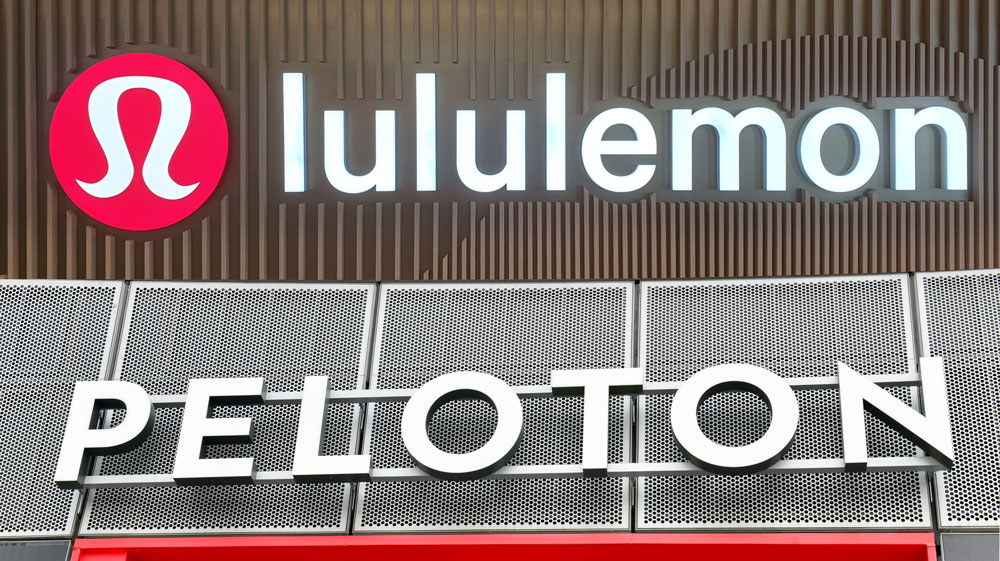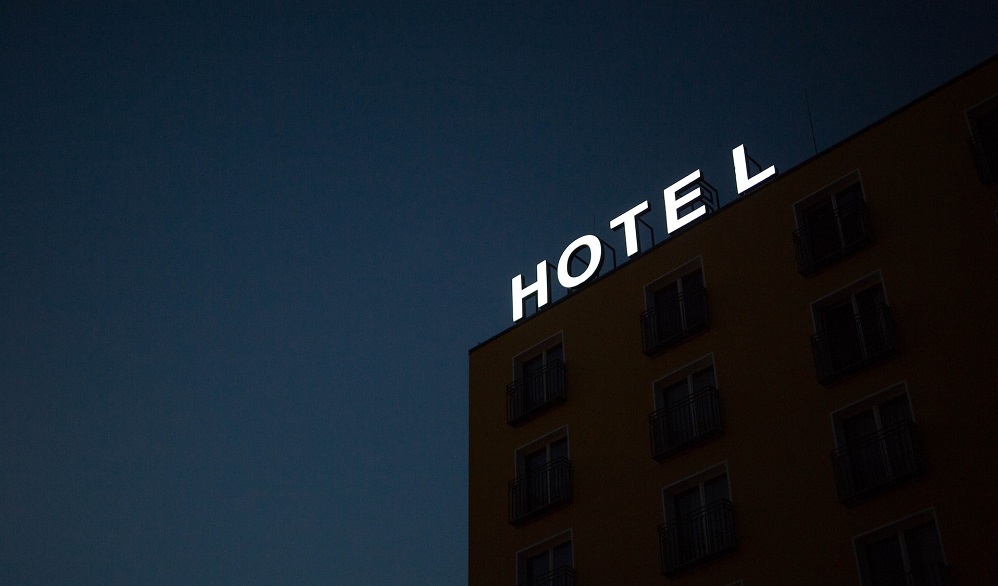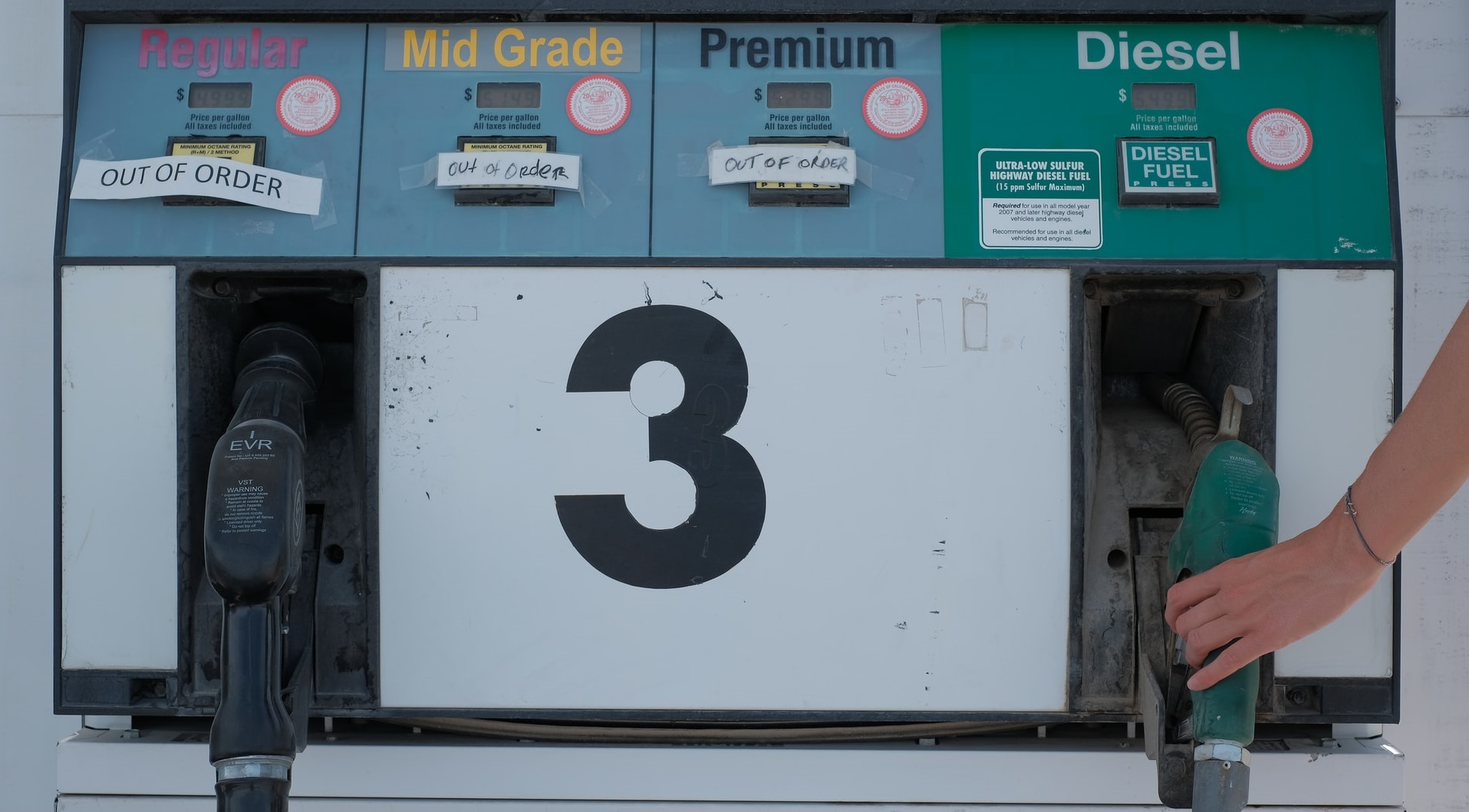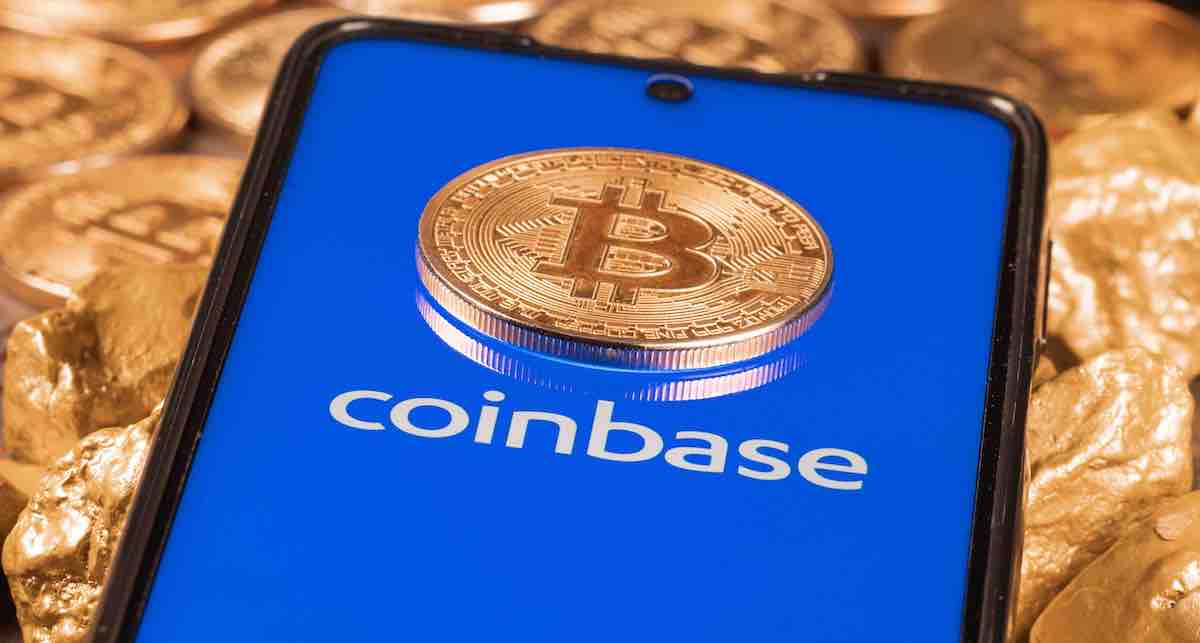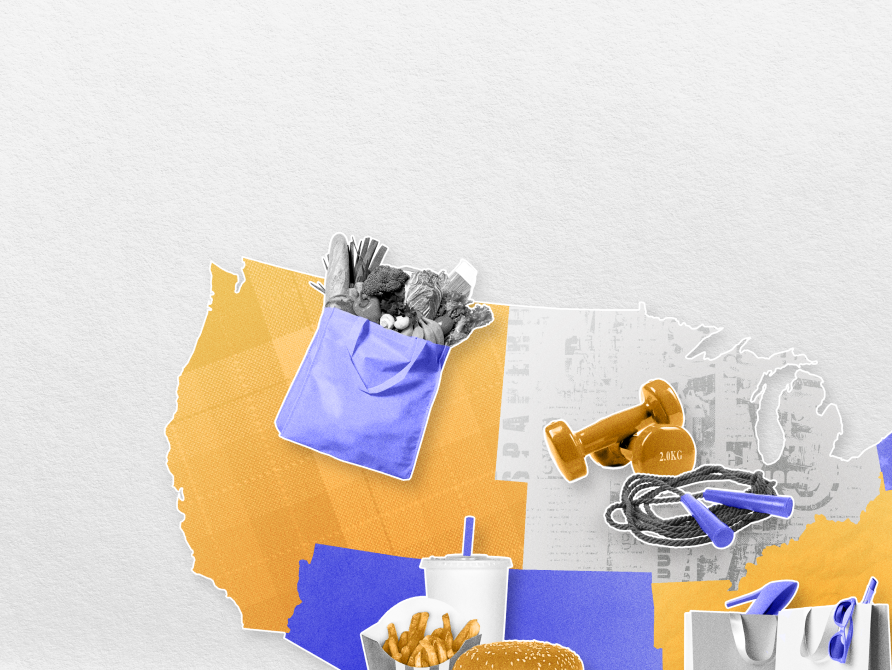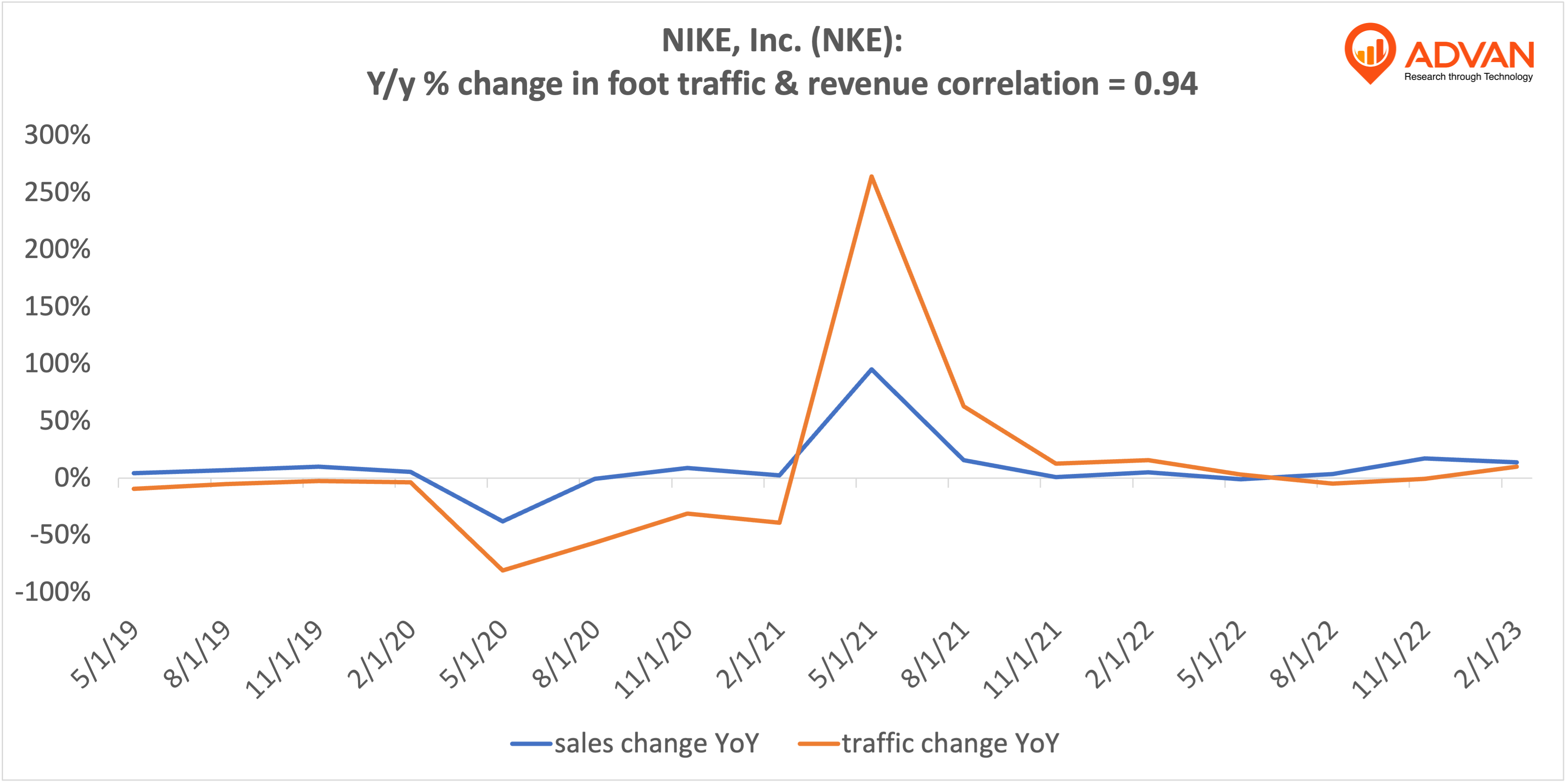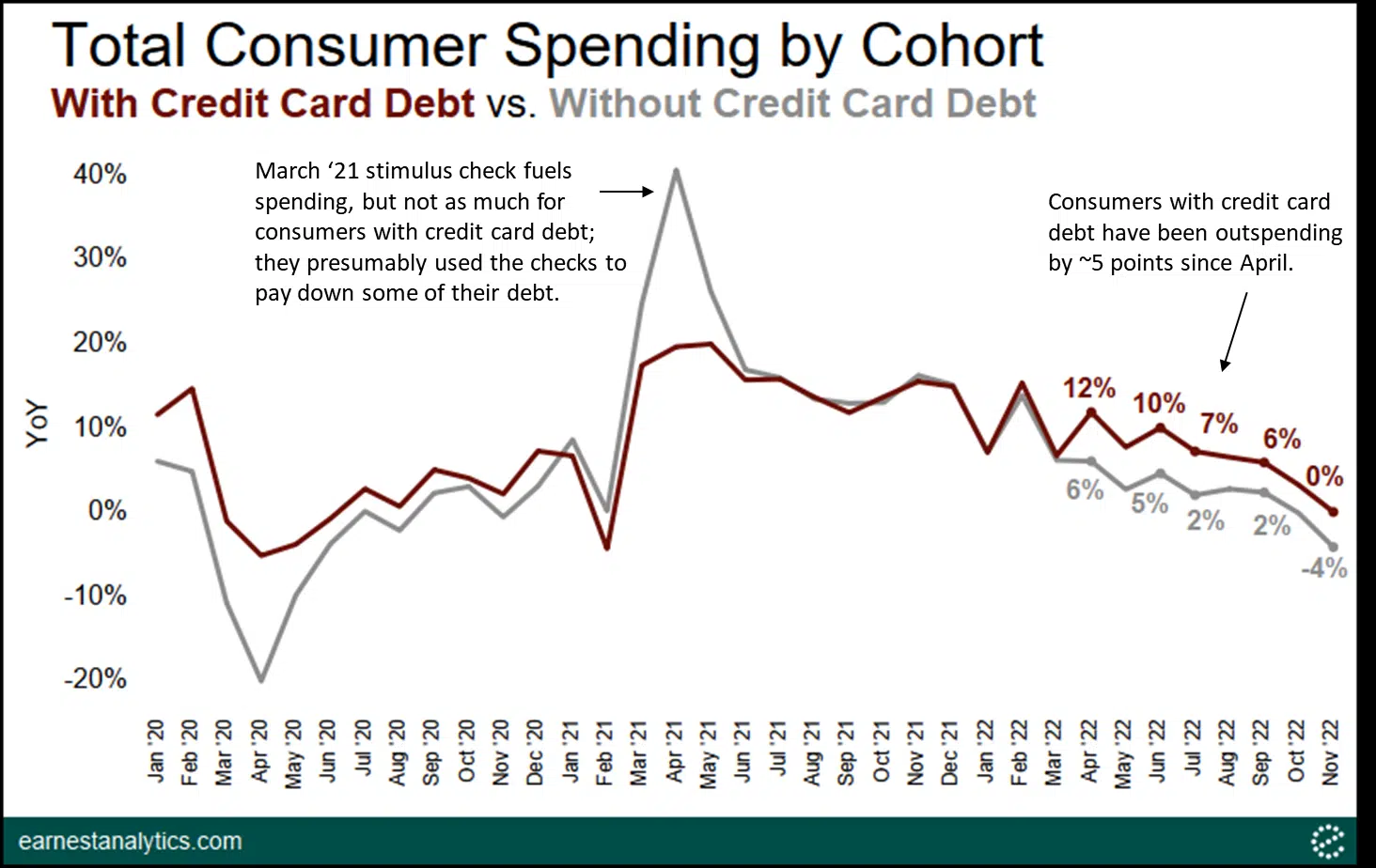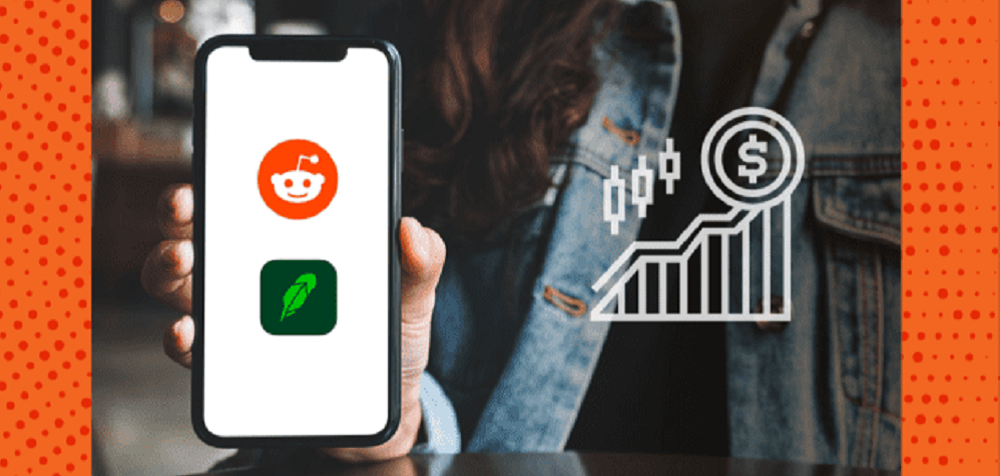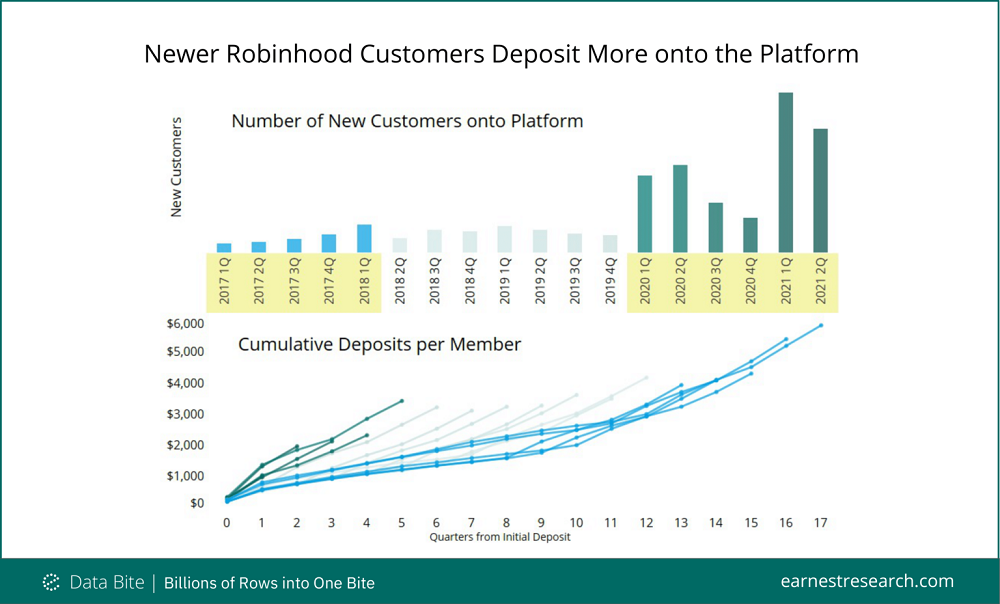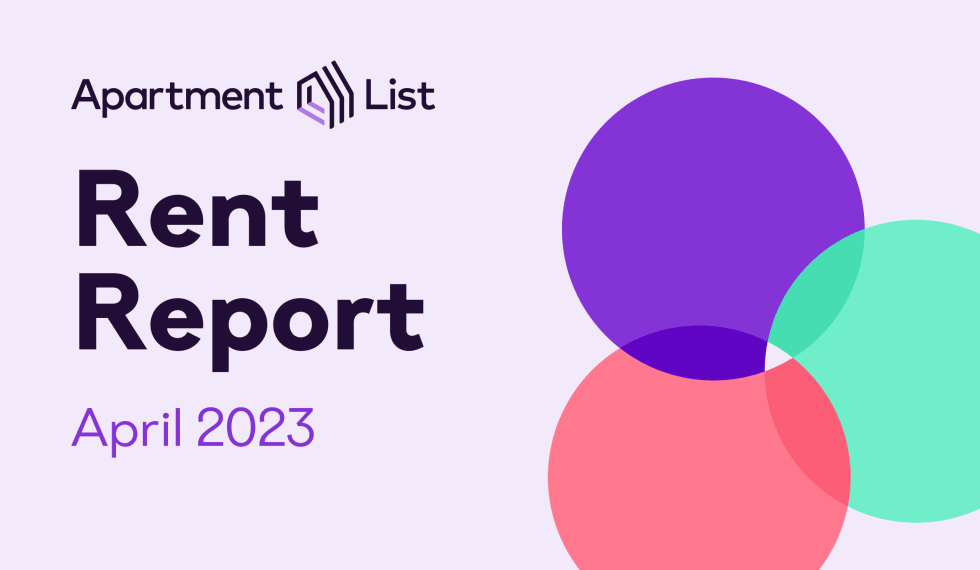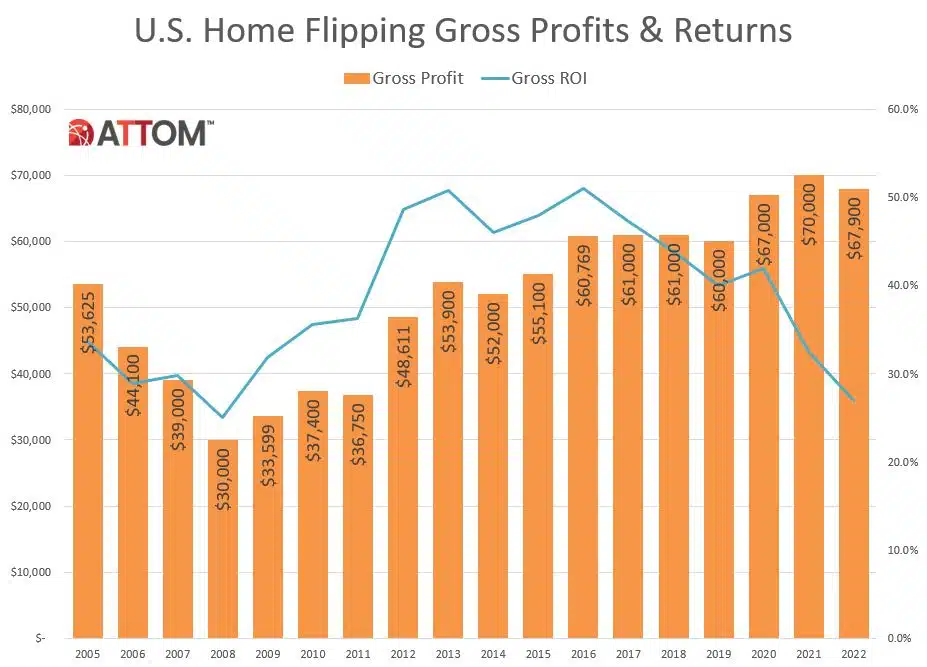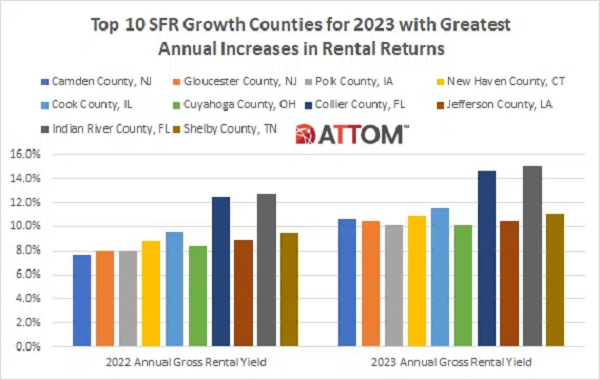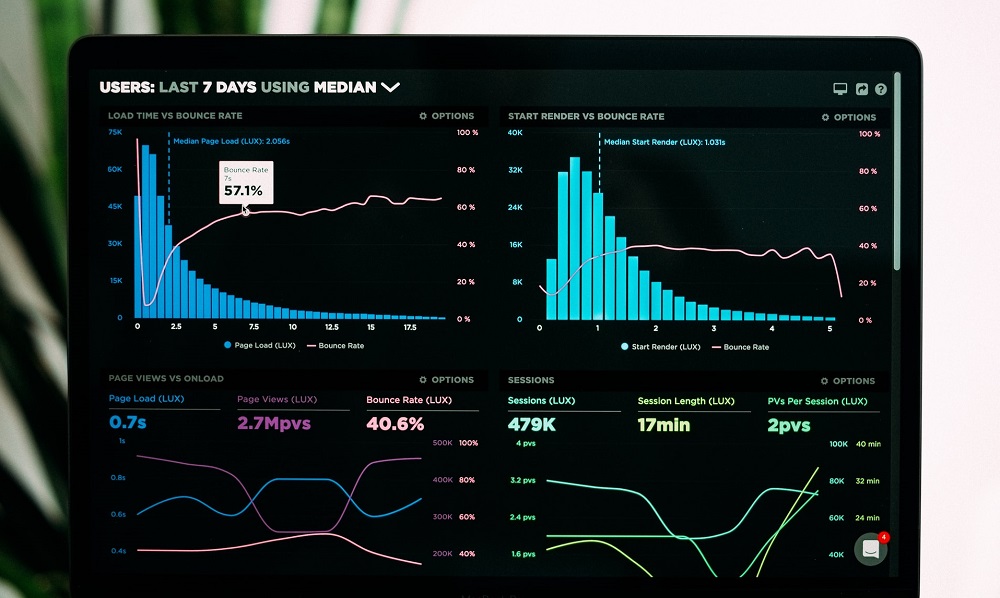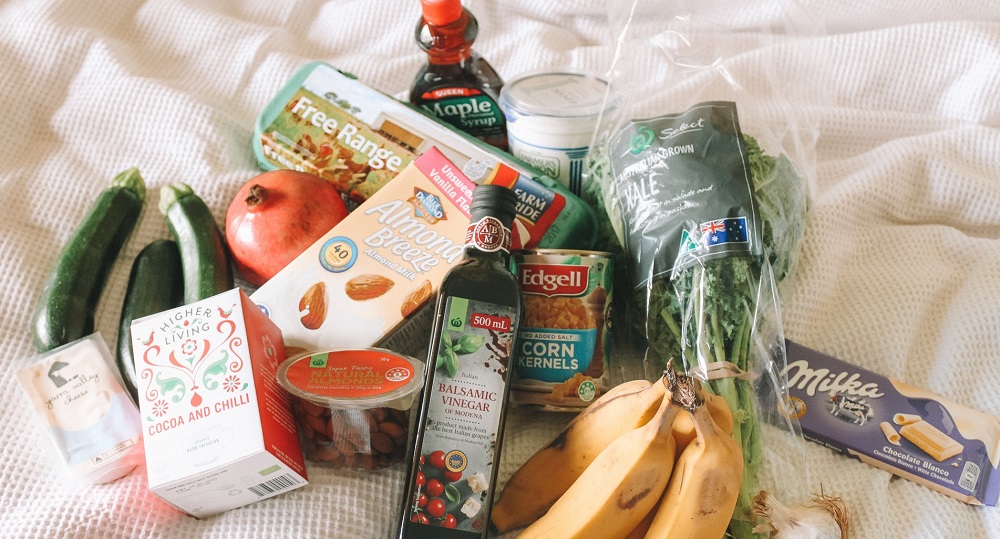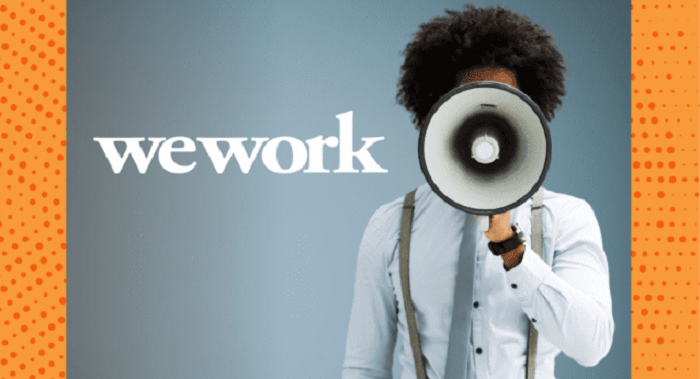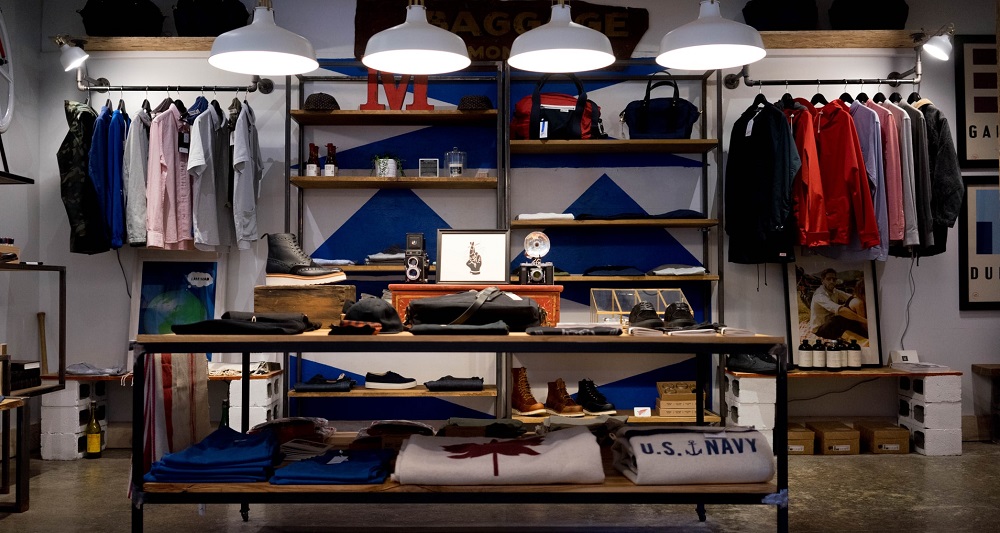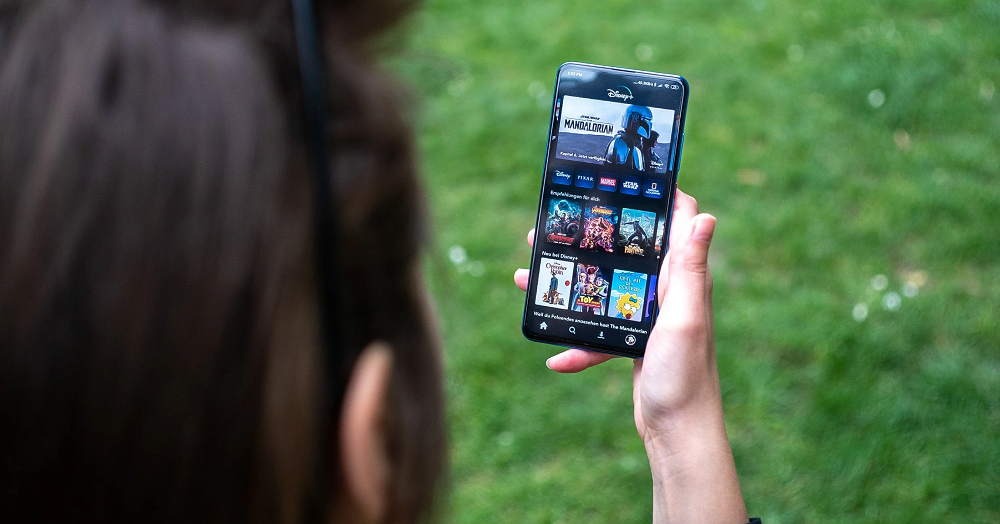Last week, we dug into the rising flu levels in the South, particularly in Florida. While those trends continue into this week, Kinsa’s data also shows G.I. symptoms like nausea, diarrhea and vomiting are increasing in southern states. Illnesses that cause G.I. distress have been relatively low since the pandemic began — likely as a result of social distancing and masking. As people begin gathering for the holidays, we expect to see an uptick in illness, potentially including those that cause G.I. distress.
Notable Hit 1: (ROST:NASDAQ) On Thursday November 19 , 2021 Ross Stores, Inc. (ROST) posted better-than-expected revenues of $4.57bn beating the consensus estimate of $4.31bn or by 6% and in the same direction as Advan's forecasted sales. The revenue was up 22% YoY - Advan's foot traffic data captured an increase in foot traffic of +32% YoY at its stores for Q3 2021. Advan's footfall data has a correlation of 0.92 on a YoY basis with ROST's top-line revenue over the last 12 quarters.
Online grocery has become one of the most dynamic spaces in e-commerce, with third-party providers and grocers themselves experimenting with new models. But how do third-party services compare to sales directly from the grocer websites? In today’s Insight Flash, we take advantage of CE Receipt’s unique ability to capture the online sales of grocers such as Kroger to compare online growth trajectories, average items per basket, and average price per item.
Holiday retail is up 9% YoY so far according to the Earnest Research Spend Index (ERSI*), a measure of sales growth for 2,500+ U.S. consumer discretionary and staples businesses. Preliminary data reflects sales during the early holiday retail season starting Nov. 1 as defined by the National Retail Federation, to Nov. 10. Growth decelerated from October and remains slightly below the 2020’s holiday retail season levels. ERSI consumer spending growth peaked in early 2021 on a YoY basis as the data lapped Covid-19 related closures.
Black Friday is rapidly approaching, and with it, questions of whether the holiday retail season will fulfill its unique 2021 potential. How could the season play out? We dove into the data to break it down. Black Friday, known traditionally for the mass outpouring of brick and mortar retail enthusiasm, was better defined in 2020 as ‘what can go wrong, will go wrong’. Following weeks of improvement in overall retail, rising COVID cases in November created severe limitations for even the top offline retailers.
Since the pandemic's onset, numerous TV and video streaming services have battled for consumers' attention, touting exclusive content and competitive pricing to drive new users to their app. We've seen this play out with apps like HBO Max, which hit a lifetime high for daily downloads with 225k just three days after its debut in May 2020. The biggest appeal to subscribe to HBO Max as of late is that its content is coming to the platform the same day that it's released in theaters.
Neobanks, also known as challenger banks, are financial technology companies that offer specialized software and features that traditional brick-and-mortar banks have not been able to match. These include a range of features such as removing monthly or overdraft fees, incorporating reward programs geared towards freelancers, adding the ability to receive paychecks early, layering in tools to help build credit, and even providing educational components.
With an estimated market size of 24 billion USD according to Forbes, the human resources technology market is bursting with opportunity. AI-based algorithms, together with increases in cloud computing have enabled major innovations for crucial HR functions, such as staffing, recruitment, applicant tracking, freelance hiring, and employee management more generally. We have looked at 50 of some of the biggest and fastest growing companies in this space. Below are the 5 fastest growing companies:
Bath & Body Works, Best Buy, and Dick’s Sporting Goods may operate in radically different retail categories, but these chains do have one thing in common – all three brands survived the pandemic with flying colors. We dove into the foot traffic trends to better understand where these category leaders are positioned going into 2022. Bath & Body Works made headlines over the summer when its parent company took the Bath & Body Works name and spun off Victoria’s Secret into an independent company.
Most people love a good comeback story—and when it comes to business, the most recent example of this is WeWork. WeWork went from a failed IPO worth almost nothing to a public company (via a merger with a SPAC) worth $9 billion in just two years. This would be a huge accomplishment for any company, but it’s even more significant when you consider how it came back during a pandemic.
Total construction starts pushed 16% higher in October to a seasonally adjusted annual rate of $1.01 trillion, according to Dodge Construction Network. Nonresidential building starts gained 29% and nonbuilding moved 52% higher in October, while residential starts lost 8%. The month’s large gains resulted from the start of three large projects: two massive manufacturing plants and an LNG export facility. Without these projects, total construction starts would have fallen 6% in October.
When many Americans sheltered in their homes early in the coronavirus pandemic, meal delivery sales reached new heights. Our data reveals that in October 2021, sales for meal delivery services grew 15 percent year-over-year, collectively. The ongoing pandemic may also be driving more Americans to make their first meal delivery purchase. In October 2021, 50 percent of U.S. consumers had ever ordered from one of the services in our analysis, up from 44 percent a year ago.
When U.S. cities and states faced shelter-in-place orders to limit the spread of the coronavirus, Americans’ reduced mobility resulted in plummeting sales at rideshare companies. With the exception of a late 2020 dip, sales have been gradually recovering since April 2020. Uber sales were up 103 percent year-over-year and Lyft sales were up 87 percent year-over-year in October 2021.
In this Placer Bytes, we dive into the latest from AMC Theatres and GameStop and break down the latest Mall Index update. Though the hype surrounding AMC Theatres and GameStop was more Reddit-driven, public market intrigue and had less to do with actual performance, the two brands had indeed been recovering in terms of visits. And while a steady recovery is worth celebrating in this unique market environment, the latest data shows just how significant those returns have been.
In what many considered as a very bold move at the height of COVID-19 in 2020, Haidilao expanded massively — reaching a total of 1597 stores by June 2021. Unfortunately this delivered a disappointing blow to Haidilao’s bottomline. Stock price dropped continually at a staggering 74% from its peak on Feb 17 to Nov 8 this year. As an attempt to stop the bleeding, Haidilao announced shut down of 300+ stores by Dec 31, 2021. Sandalwood weekly sales data saw this coming, because data consistently showed weakness throughout 2Q21.
Visits to popular burger fast-food chains such as Portillo’s, In-N-Out, Shake Shack, and White Castle have been particularly strong over the past couple of months. We dove into the data to better understand foot traffic patterns to these cult favorites. Many of the burger brands analyzed are relatively regionally focuses – Portillo’s has a high concentration of Chicago locations, In-N-Out is strong in California, Shake Shack is particularly popular in the tri-state area, and White Castle has a loyal Midwestern and Northeastern following.
Glossier—the DTC beauty company that recently raised $80 million in Series E funding—has historically held one major sale each year, coinciding with Black Friday and Cyber Monday. Consumer transaction data reveals that Glossier’s sales the week of Black Friday are continuing to grow year-over-year. At the same time, a comparative analysis of other major beauty retailers found that Sephora’s sales events correspond with a sharper increase in monthly sales per customer compared to sales events at Glossier and Ulta Beauty.
It’s common understanding that the pandemic made years of expected eCommerce growth take place in just a matter of weeks. As consumers stayed home, delivery services for every product ranging from staple groceries to office supplies became the norm. Now that 2022 is almost here, we see that there simply is no going back to “normal” shopping patterns. People are accustomed to ordering their retail items online and want them delivered quickly, cheaply and sustainably.
Lululemon has been in Warrior Pose lately, maintaining strong post-pandemic growth as a continued work-from-home environment has supported athleisure purchases. And although Consumer Edge offers several datasets that closely track the company’s topline growth, our newly launched CE Receipt data and CE Web data allow additional analysis into a shopper’s basket. In today’s Insight Flash, we take advantage of both datasets to better understand how the company’s growth has been driven by number of items in a transaction versus the price per item
Most people (me, I am most people) now use multiple devices to stream content across all of them throughout the week, or even on a given day. In fact, 71% of streaming viewers in the U.S. say that, on average, they watch streaming video on at least 2 devices each day. This presents a huge opportunity for streaming video and entertainment providers to differentiate themselves from competitors by elevating their offering, and giving the people what they want: good content.
